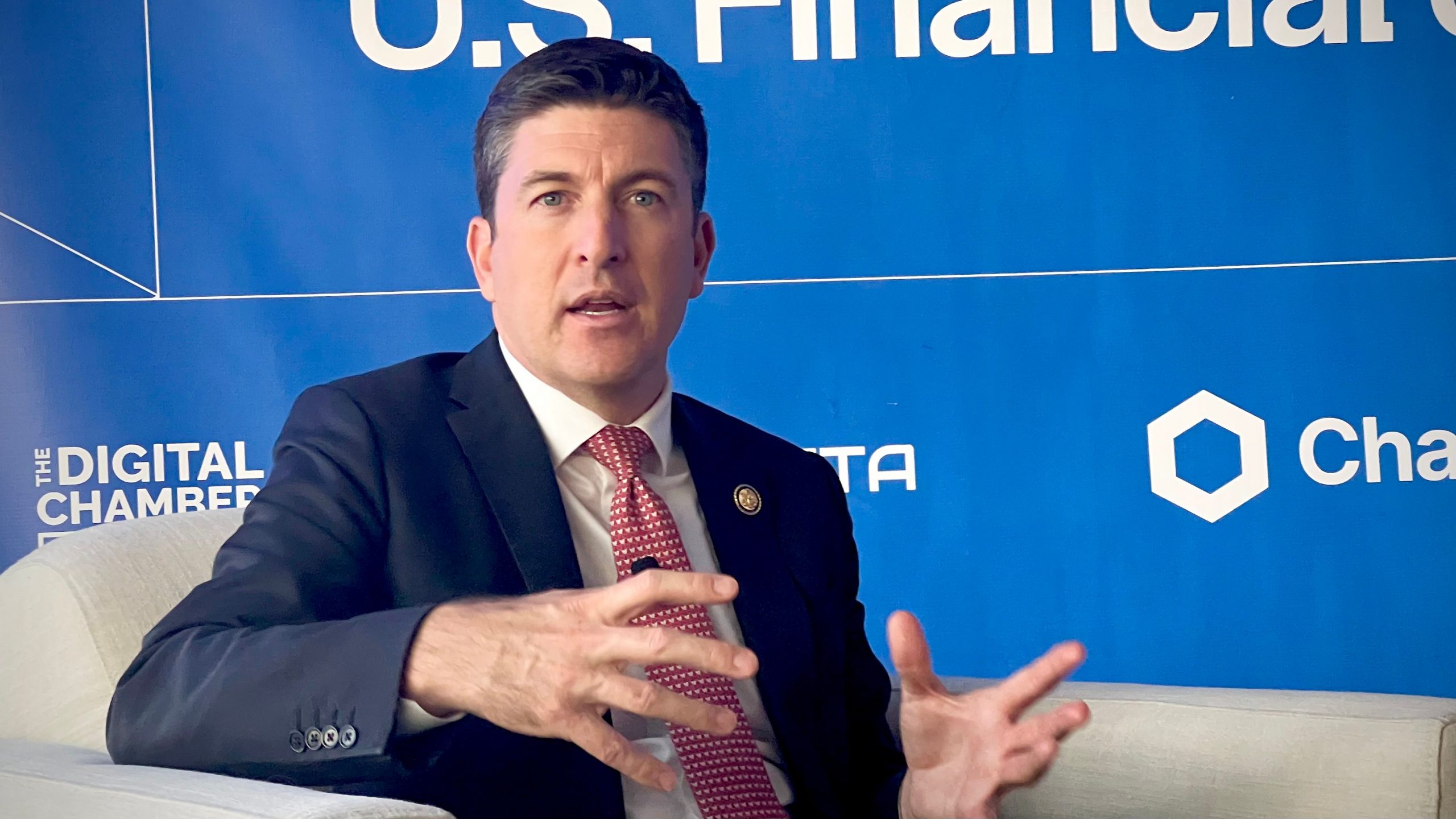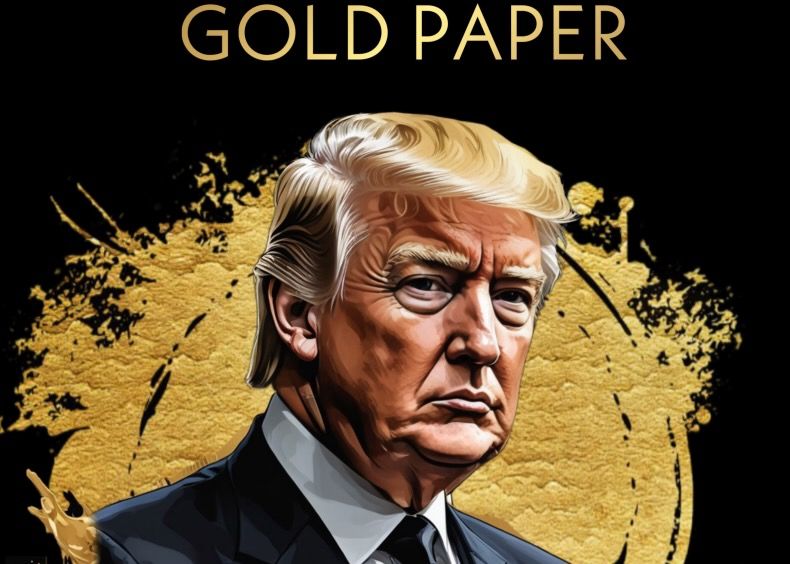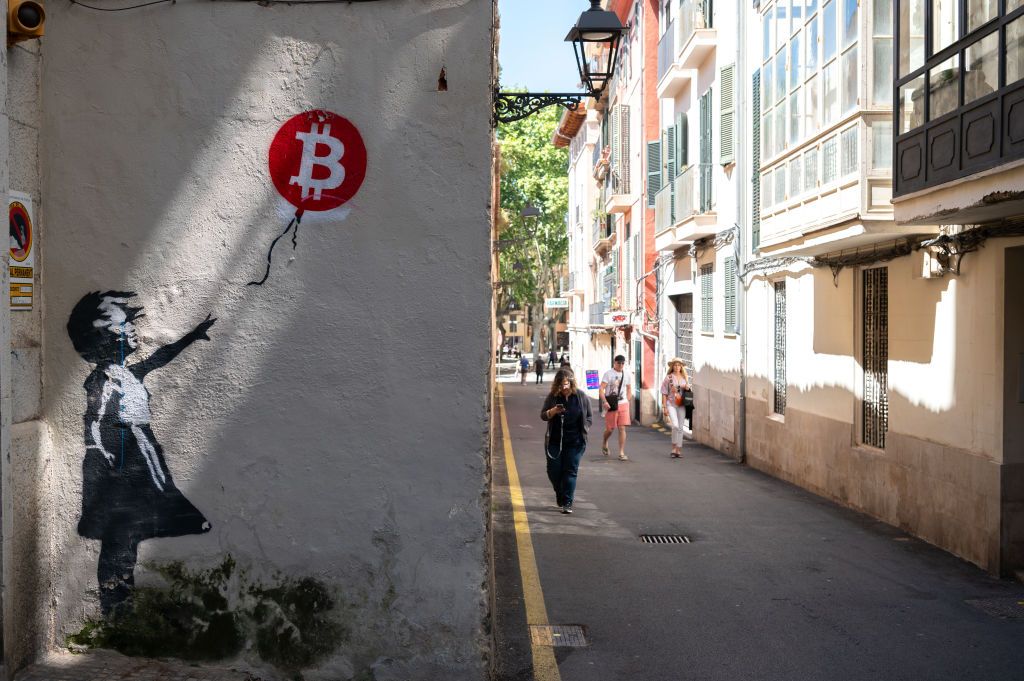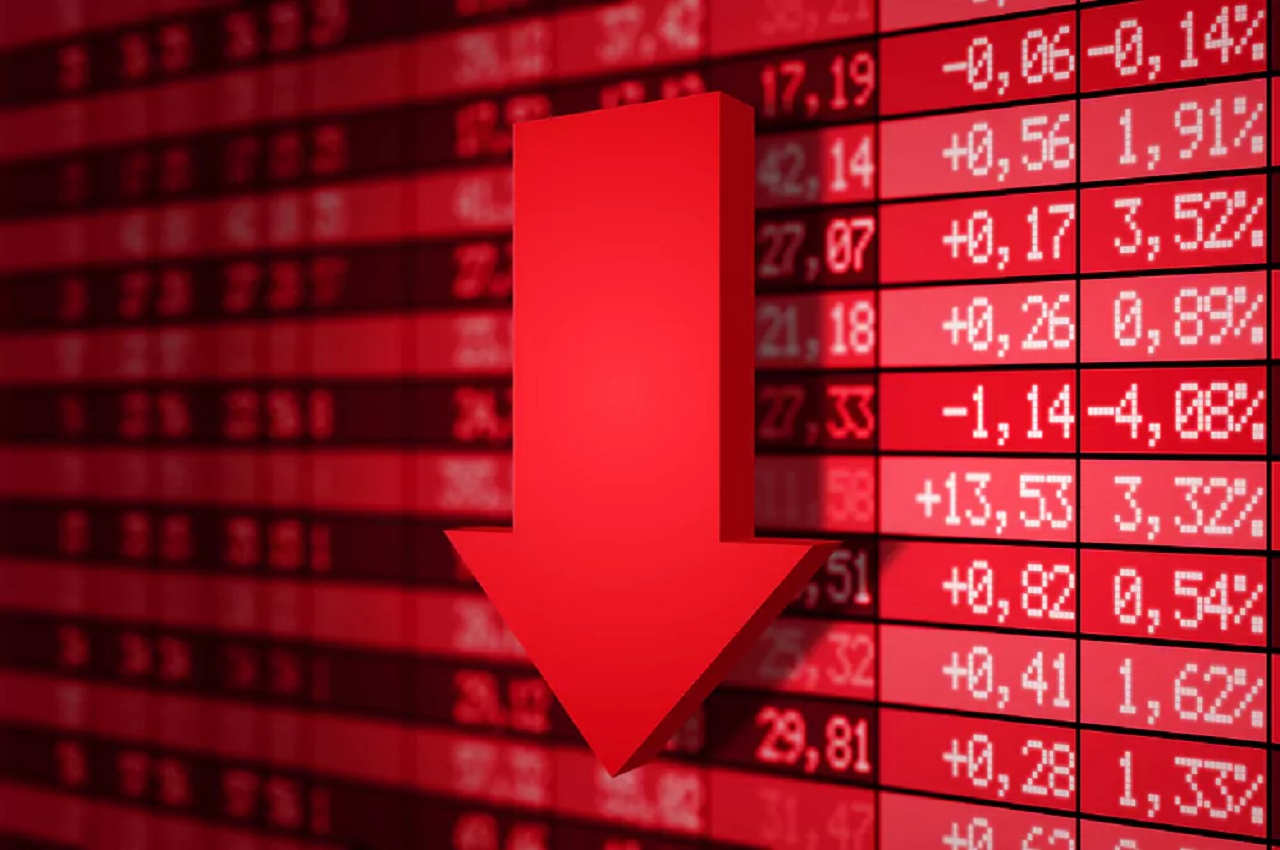The IMF’s balance of payments implies that some auxiliary tokens can bring obligations to exporters. This led to controversy on the XRP. Ripple CTO David Schwartz rejected any implication that XRP’s primary function as a bridge currency for cross -border payments, and rejected any implication that it should be classified as a securities.
Does the IMF label XRP as a securities?
The latest debates within the crypto currency community flared up with the allegations that the International Monetary Fund (IMF) classified XRP as a securities. The IMF has released an updated version of the Balance of Payments and International Investment Handbook (BPM7), a financial reporting framework developed through consultations with more than 160 countries. This update officially introduces classifications for crypto currencies that aim to standardize global finance treatment.
The main focus of the new framework is to determine whether a crypto currency brings financial rights or obligations to exporters. According to the IMF, Bitcoin (BTC) does not impose financial obligations due to mining -based export model. However, it is suggested that some token, called Altcoin, imposes obligations to exporters. Some crypto assets are classified as “debt securities” if they provide access to their owners in the future.
The IMF accepted the increasing role of digital assets in the global finance by incorporating crypto currencies into the framework. However, the classification approach has led to controversy about XRP, which is different from many other tokens with the role of bridge, especially in cross -border payments.
Ripple CTO responded
While the speculation for the classification of the XRP concentrated, Ripple’s chief technology manager (CTO) David Schwartz directly discussed the allegations. He rejected the idea that the XRP should be classified as a securities, and emphasized that its decentralized structure and independence from Ripple Labs exempted him without such a description. In this context, Schwartz made the following statement by challenging the IMF’s logic of classification:
If XRP is an assistant token, because you can use it to pay future trading fees, then BTC and ETH are too. With this logic, if XRP is considered as a securities, Bitcoin (BTC) and Ethereum (ETH) must be so. This is a claim that contradicts both the consensus in the sector and the previous regulatory decisions.
Schwartz also emphasized that XRP’s primary function is to make rapid, low -cost cross -border transactions possible, and that it fundamentally different from traditional securities representing the property or financial rights on an exporter. Kriptokoin.comAs you have followed, discussions on the classification of the XRP continue not only in the financial sector but also in the field of law.







